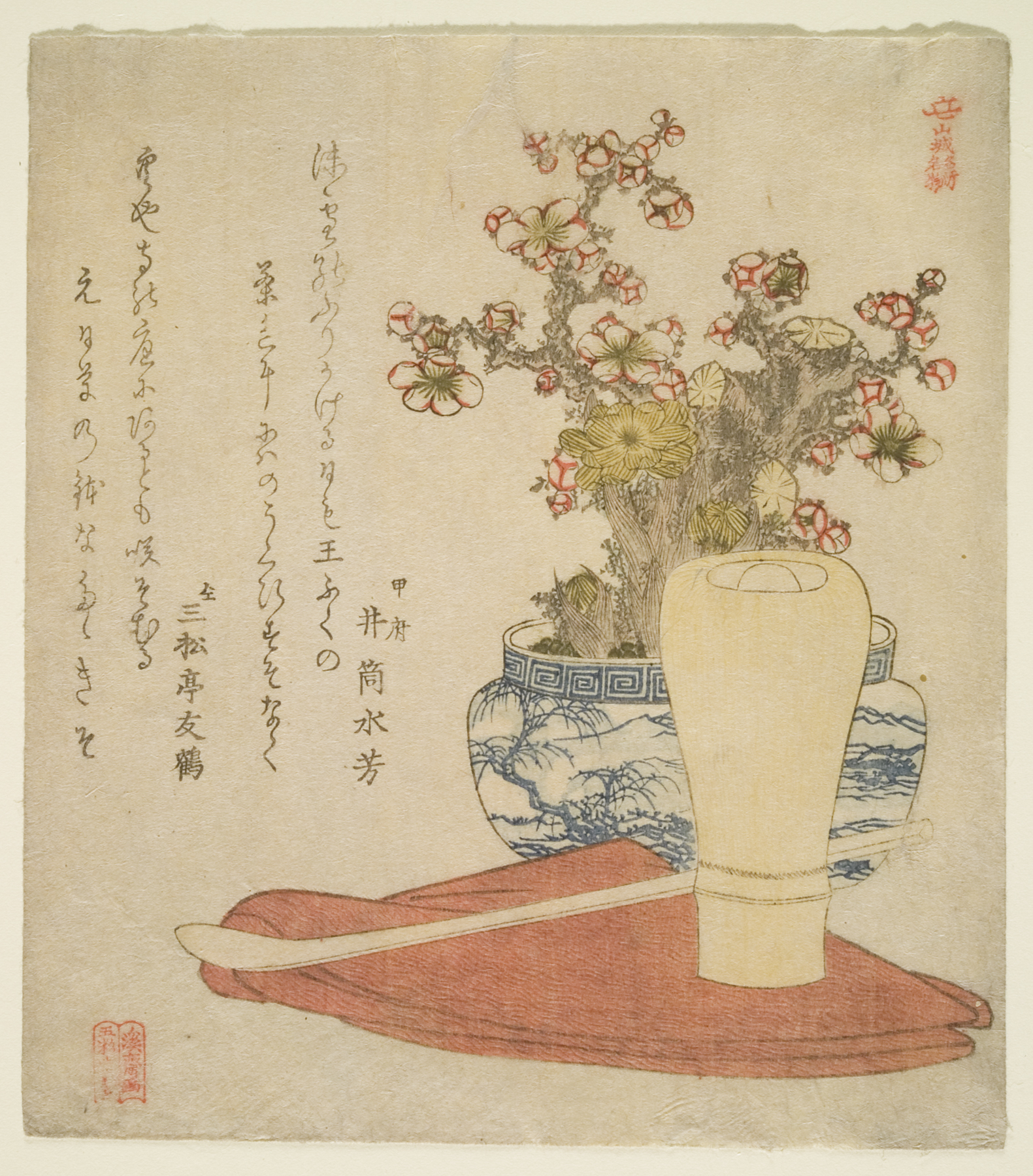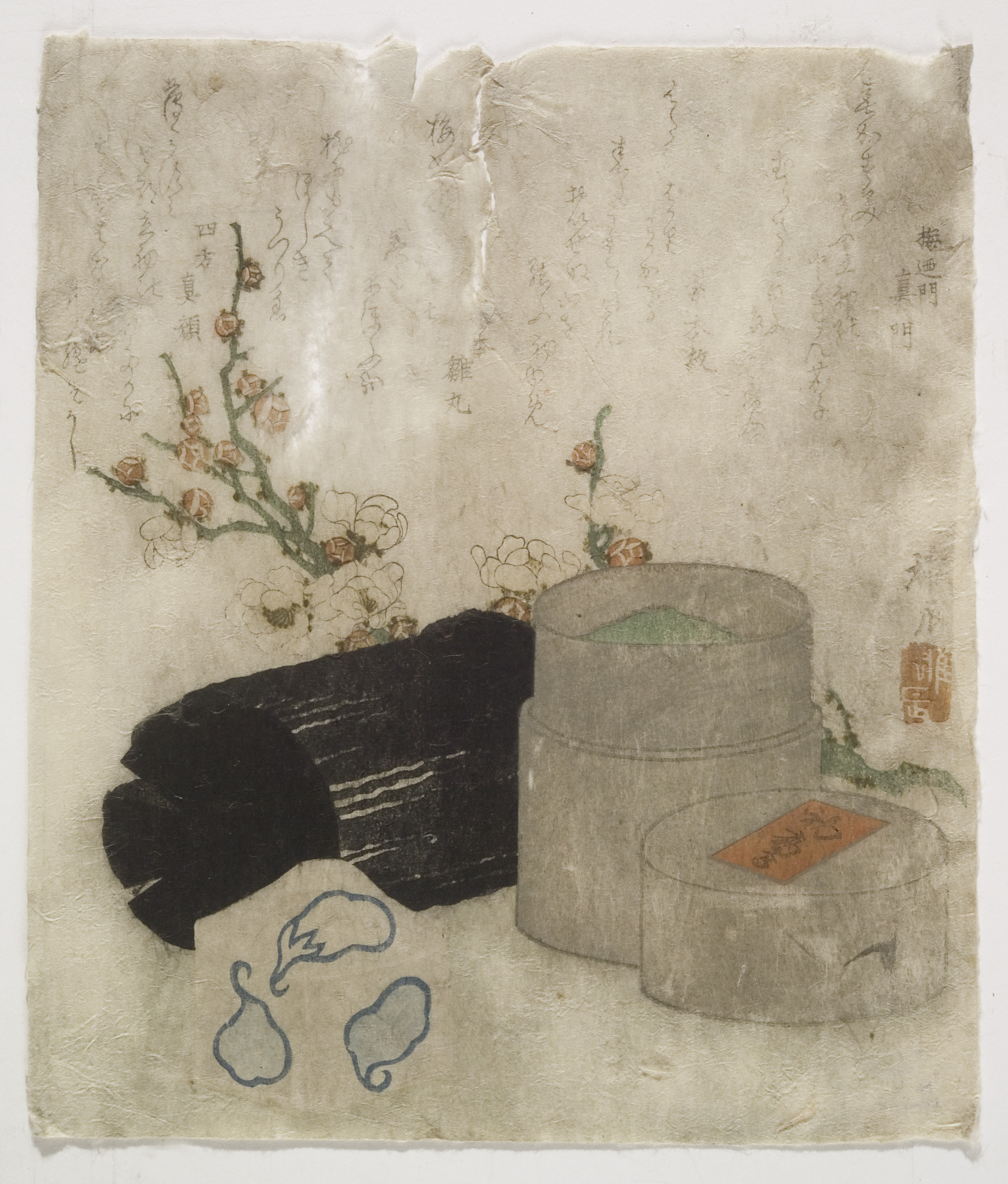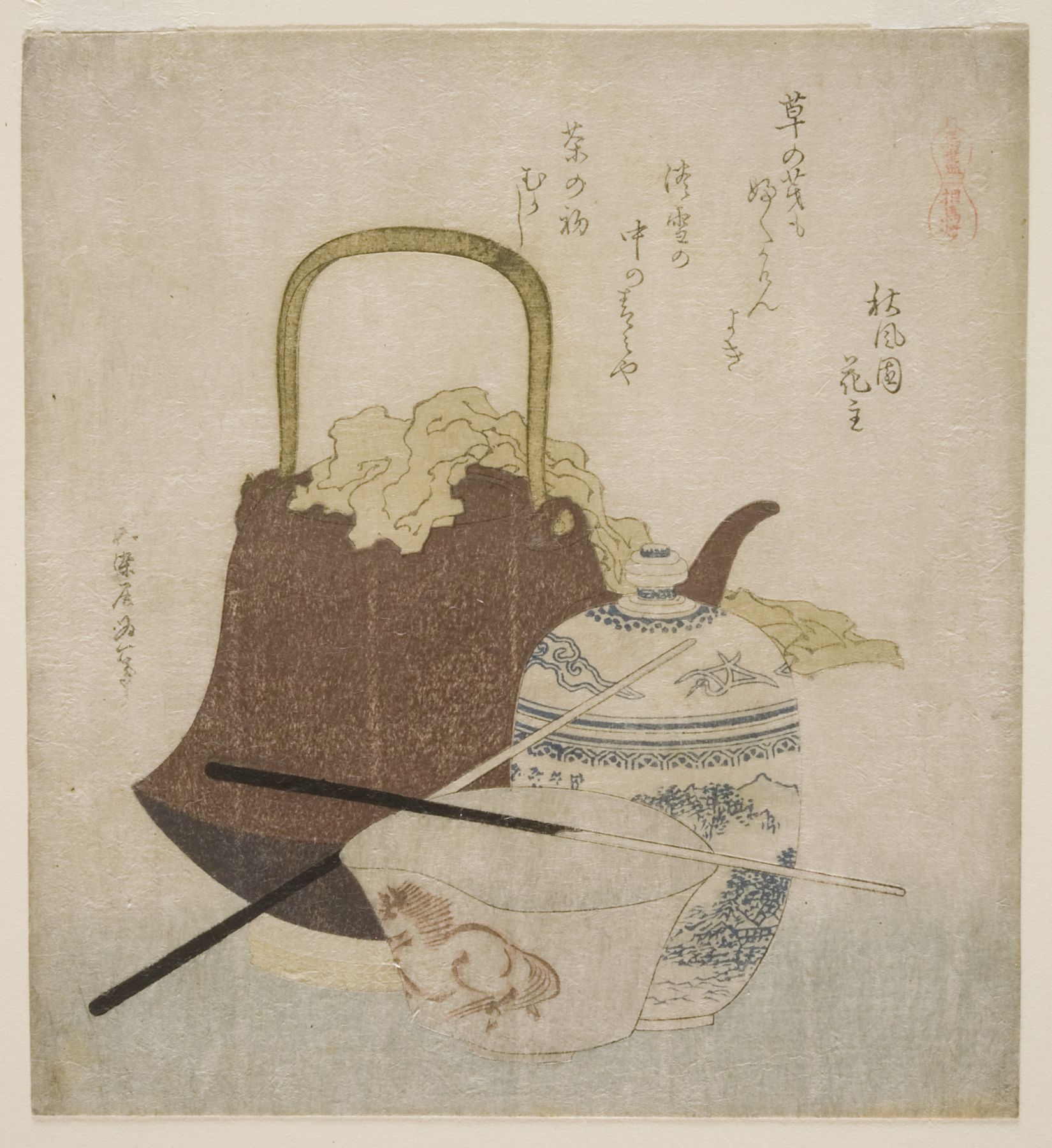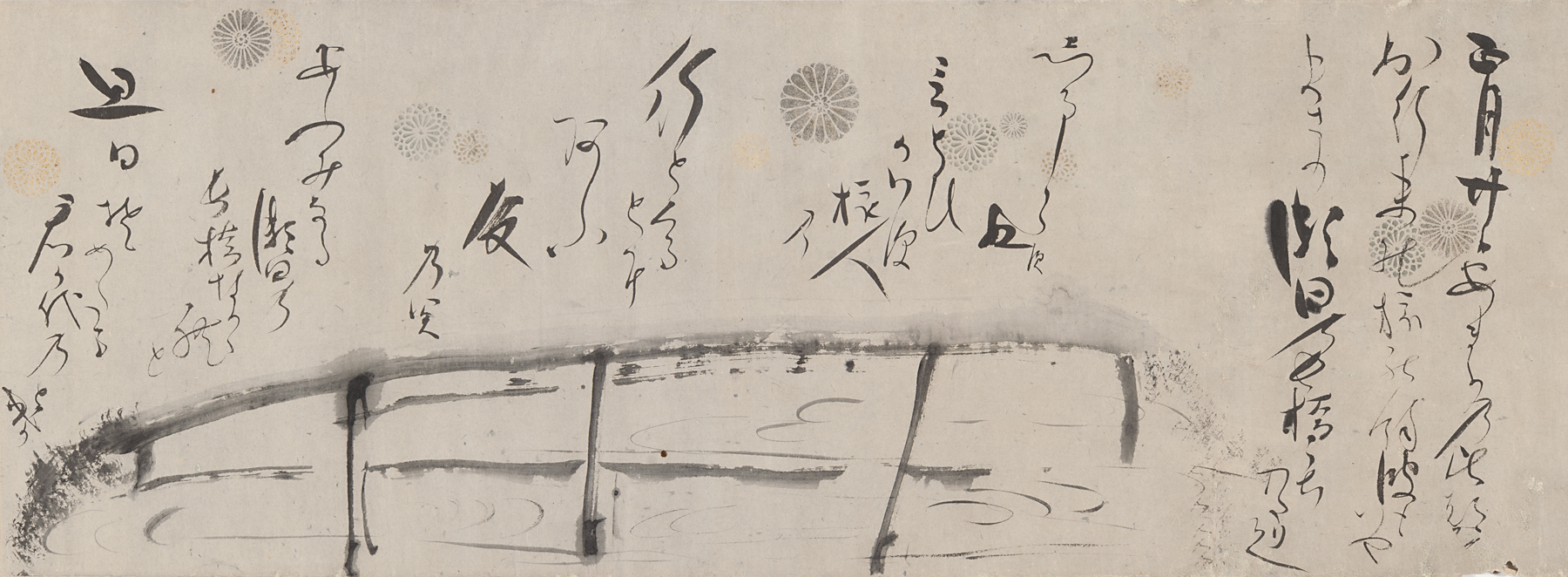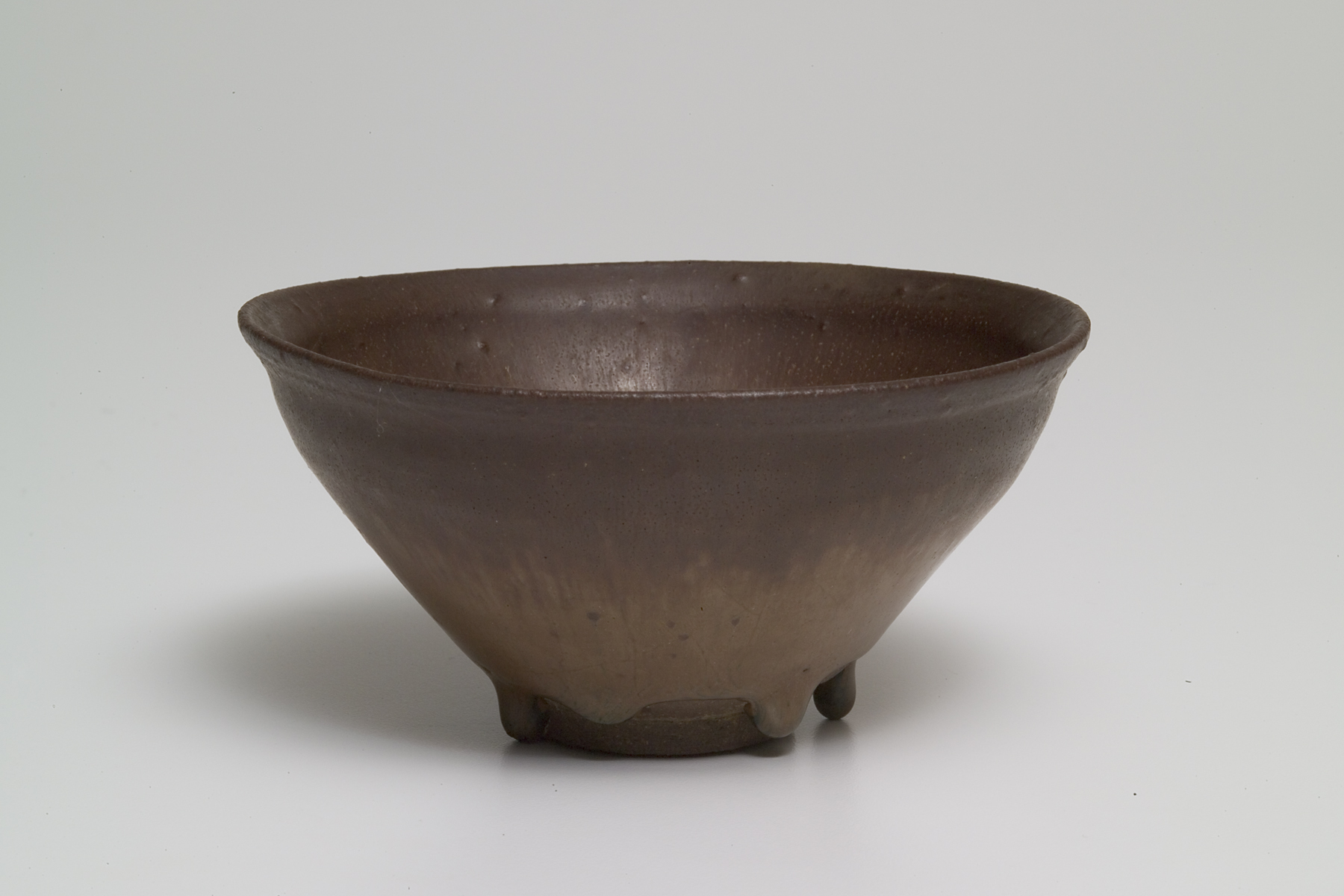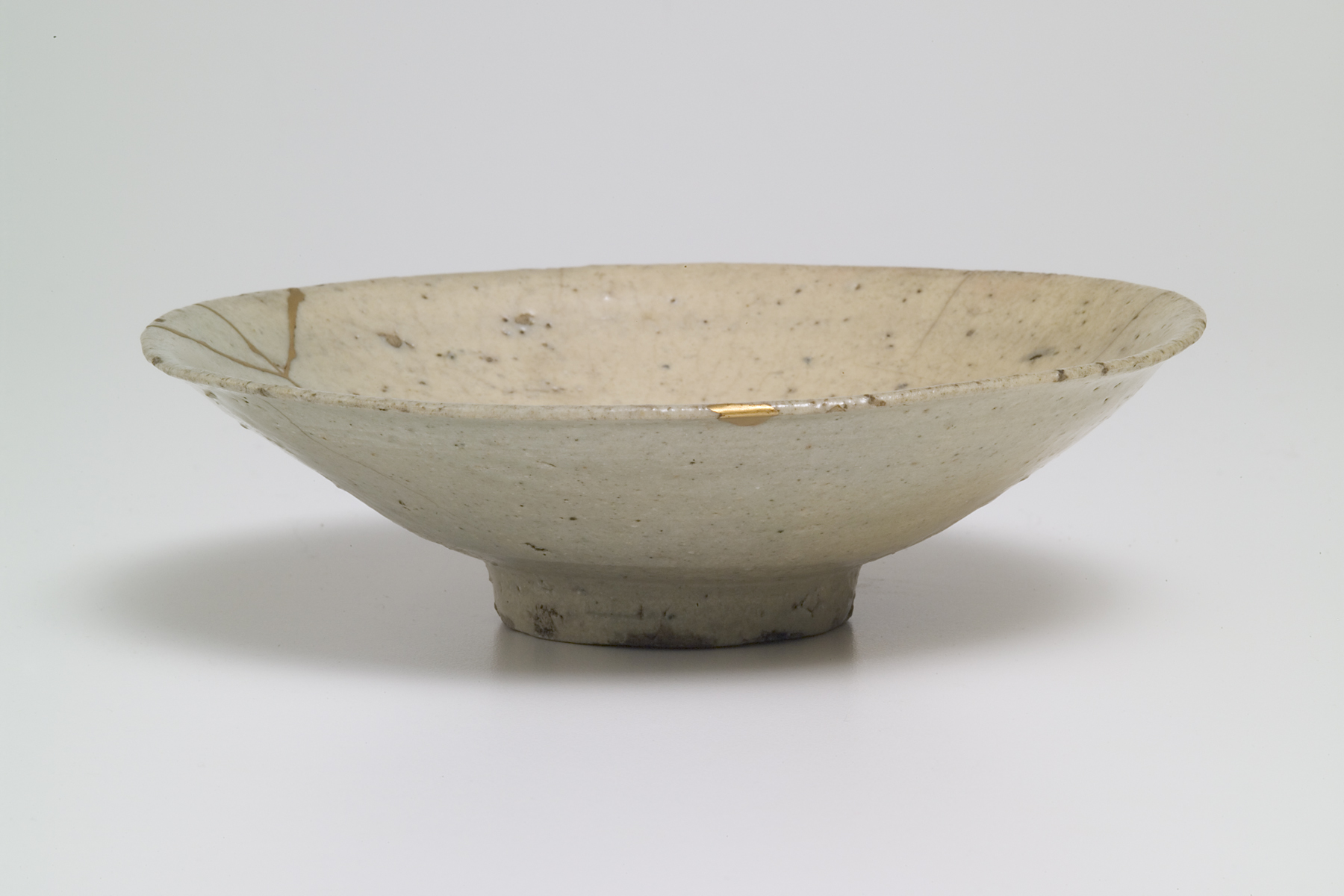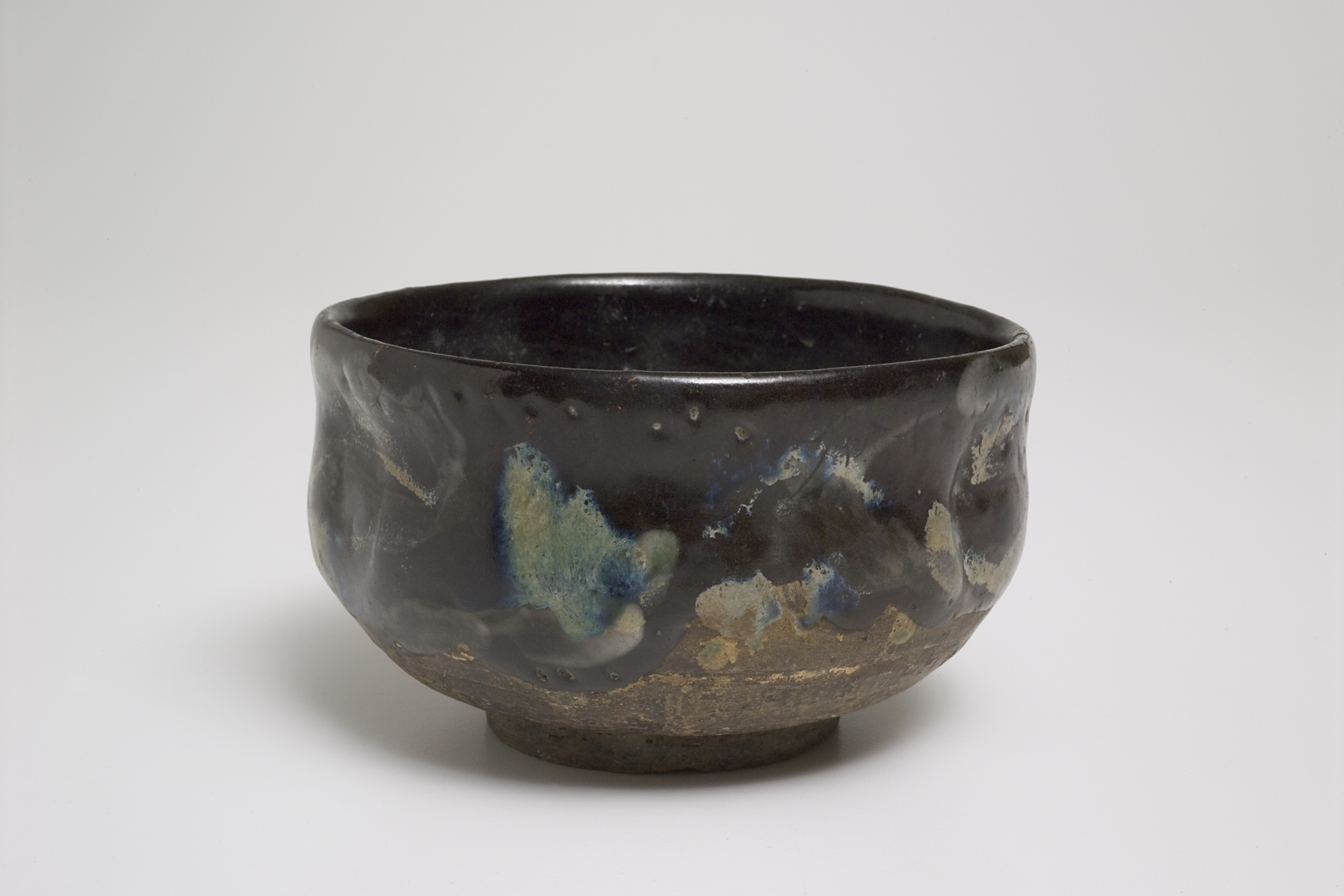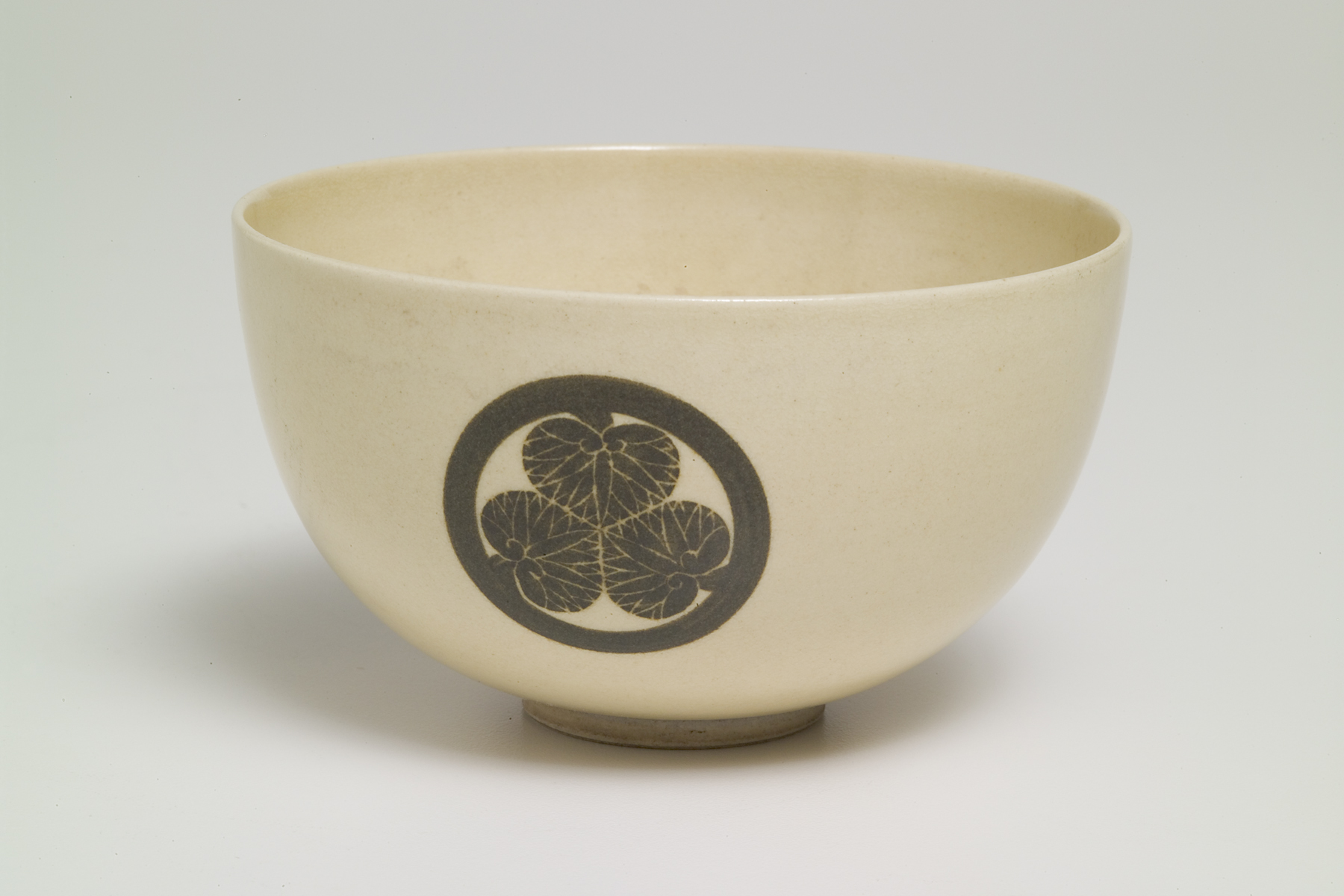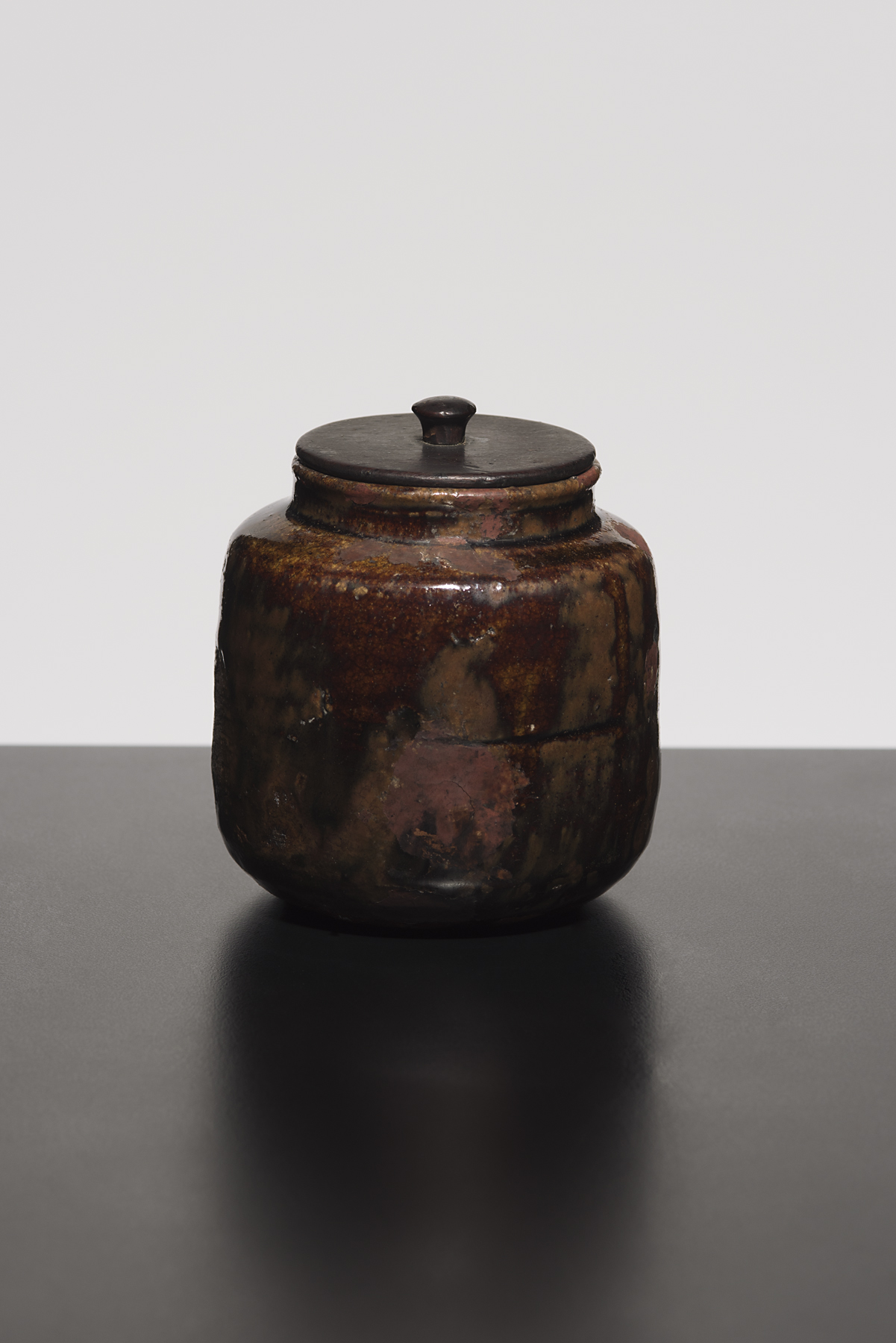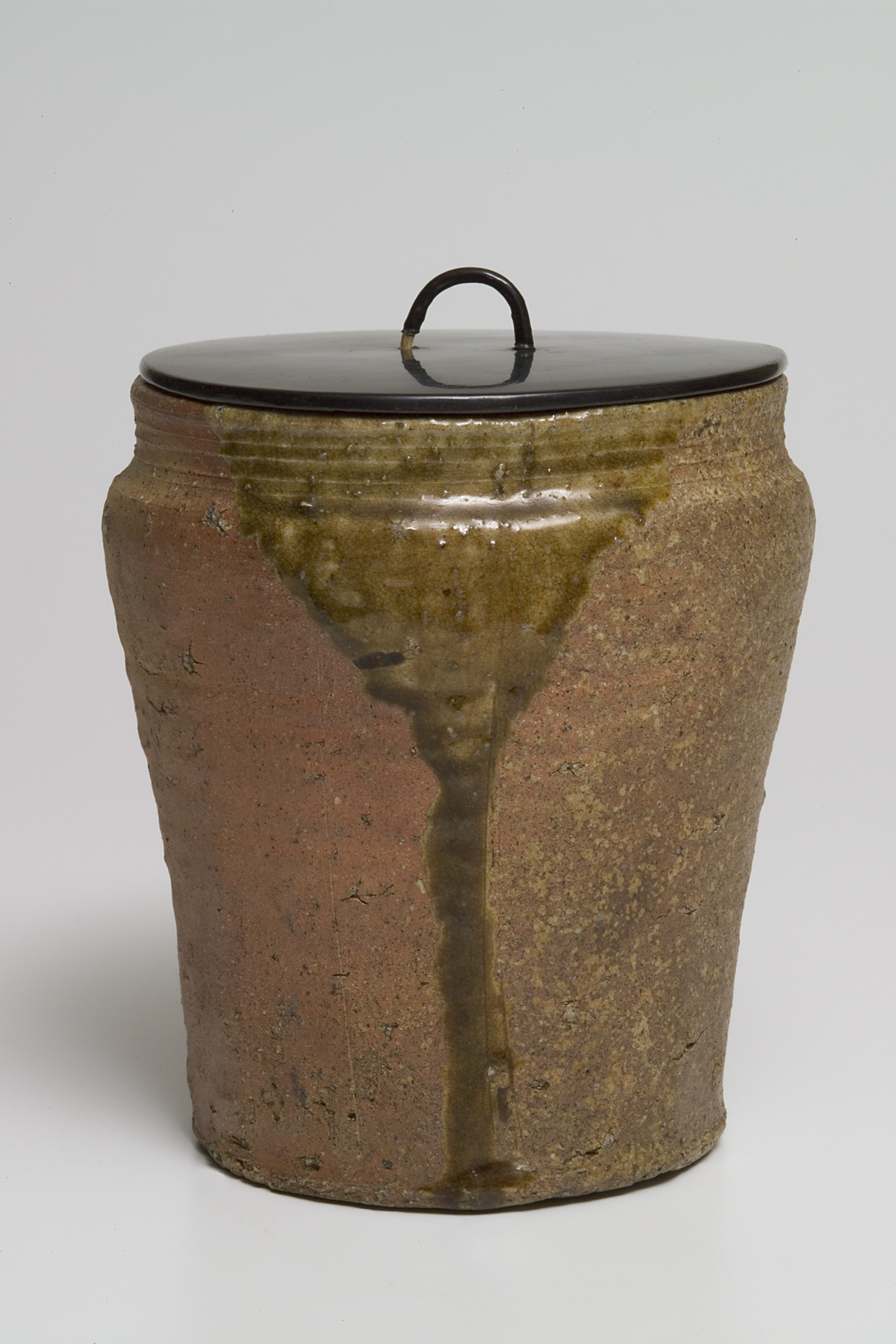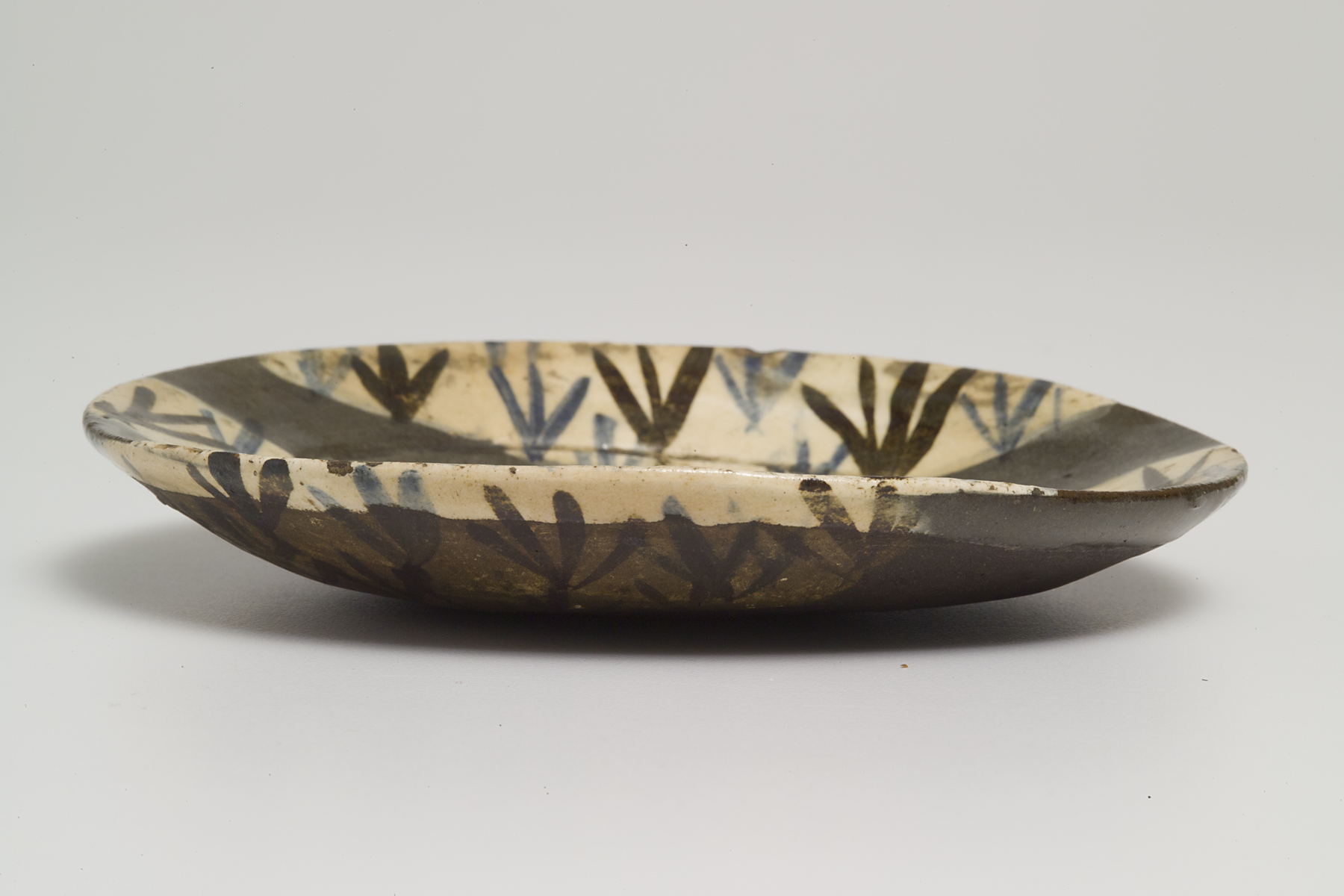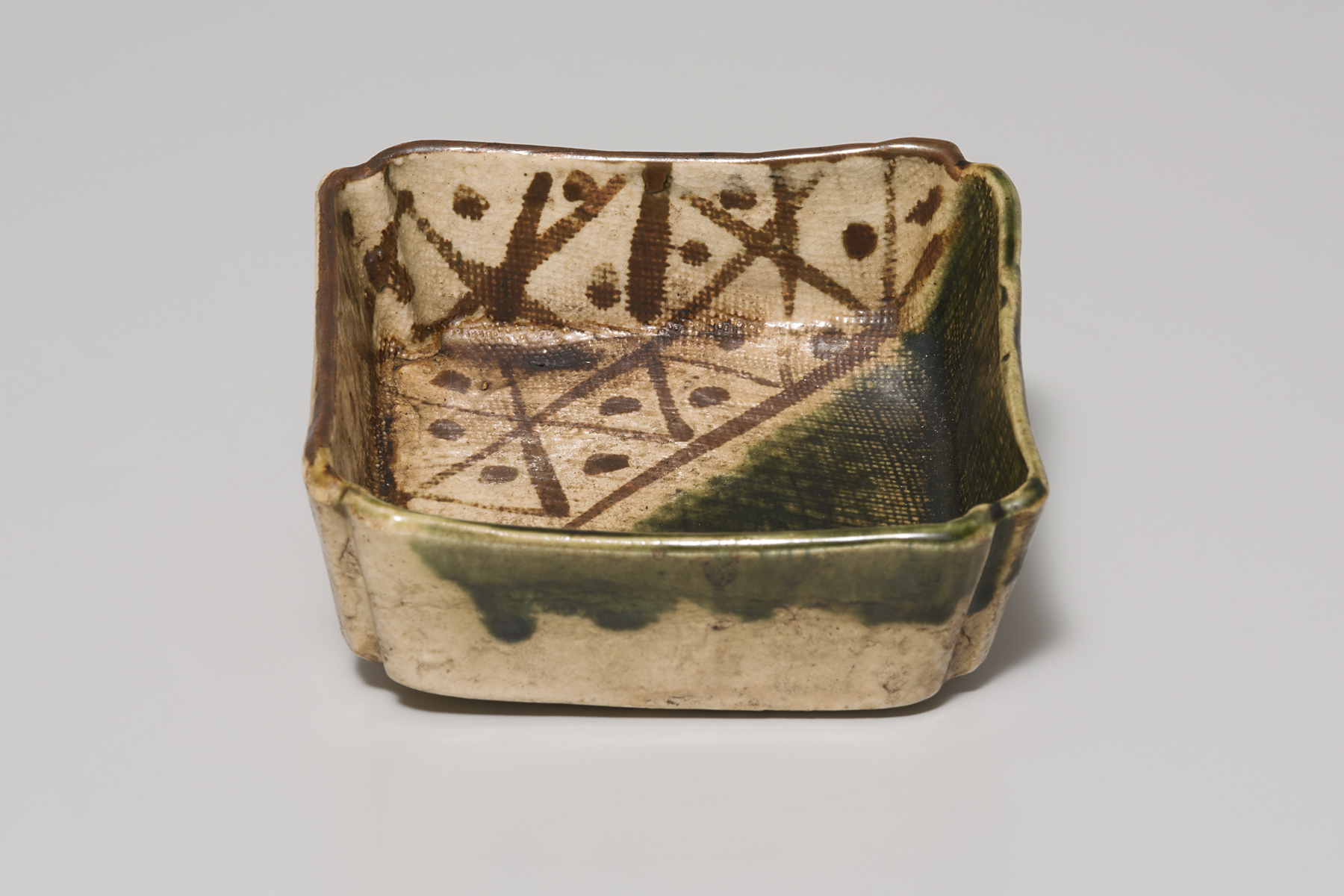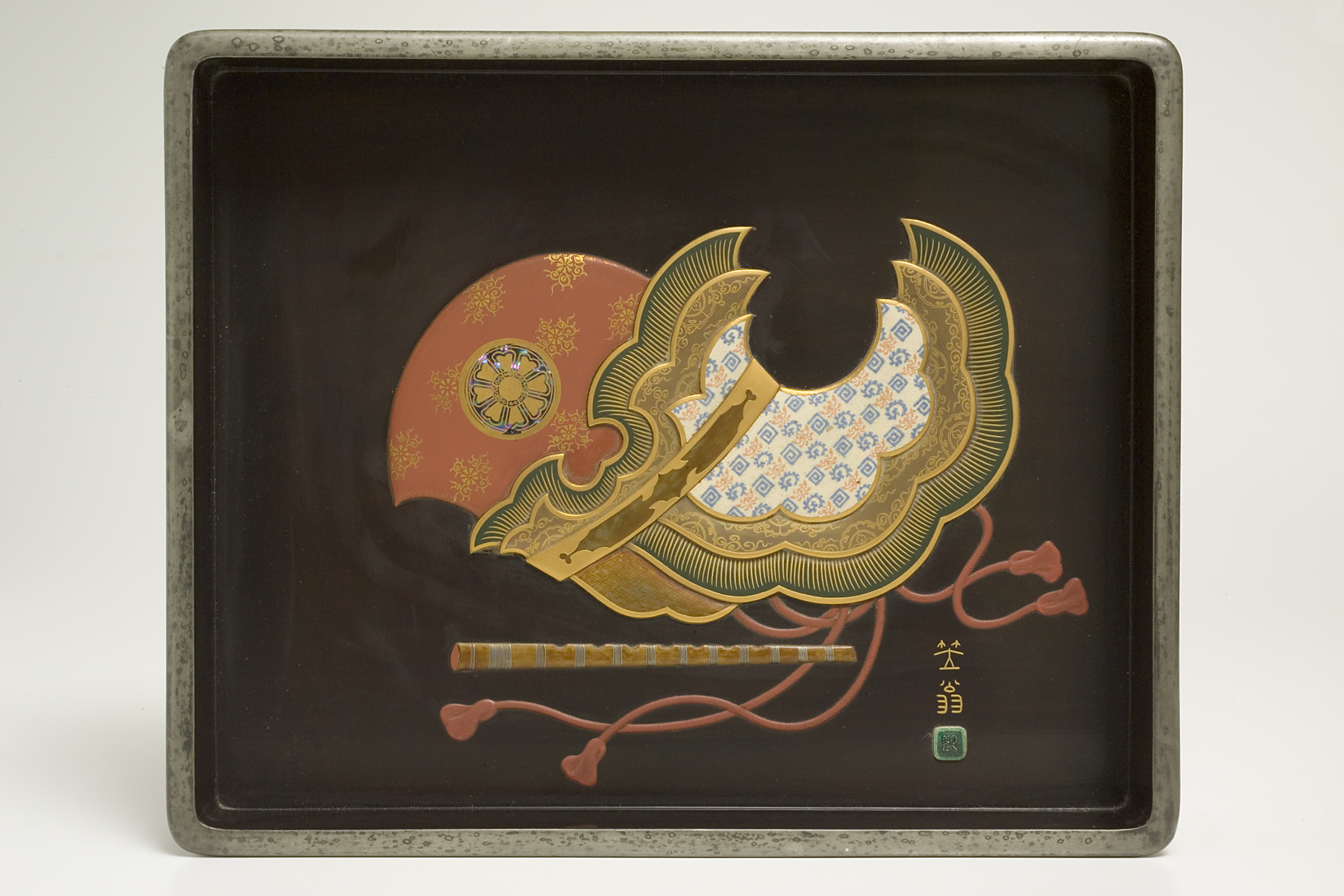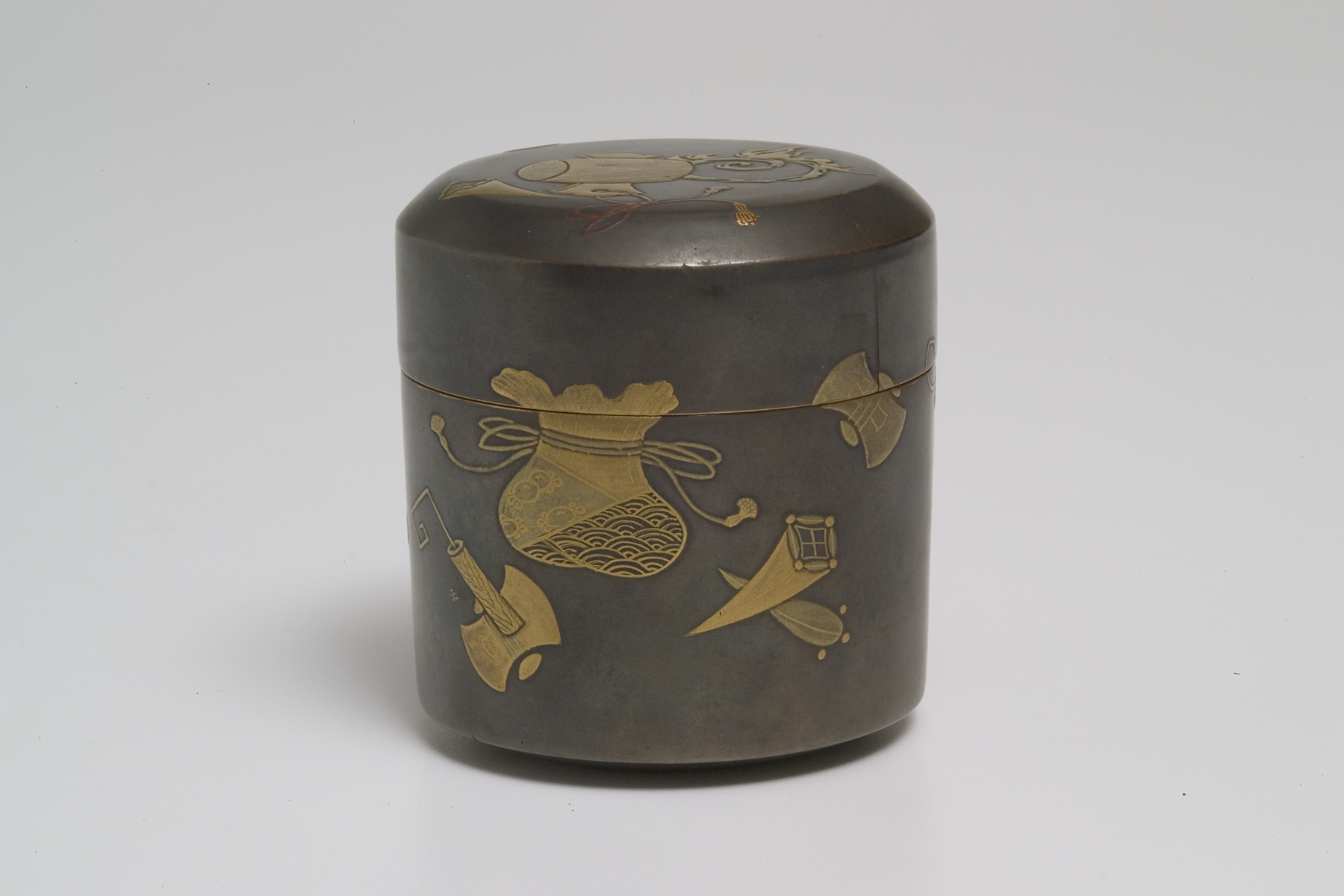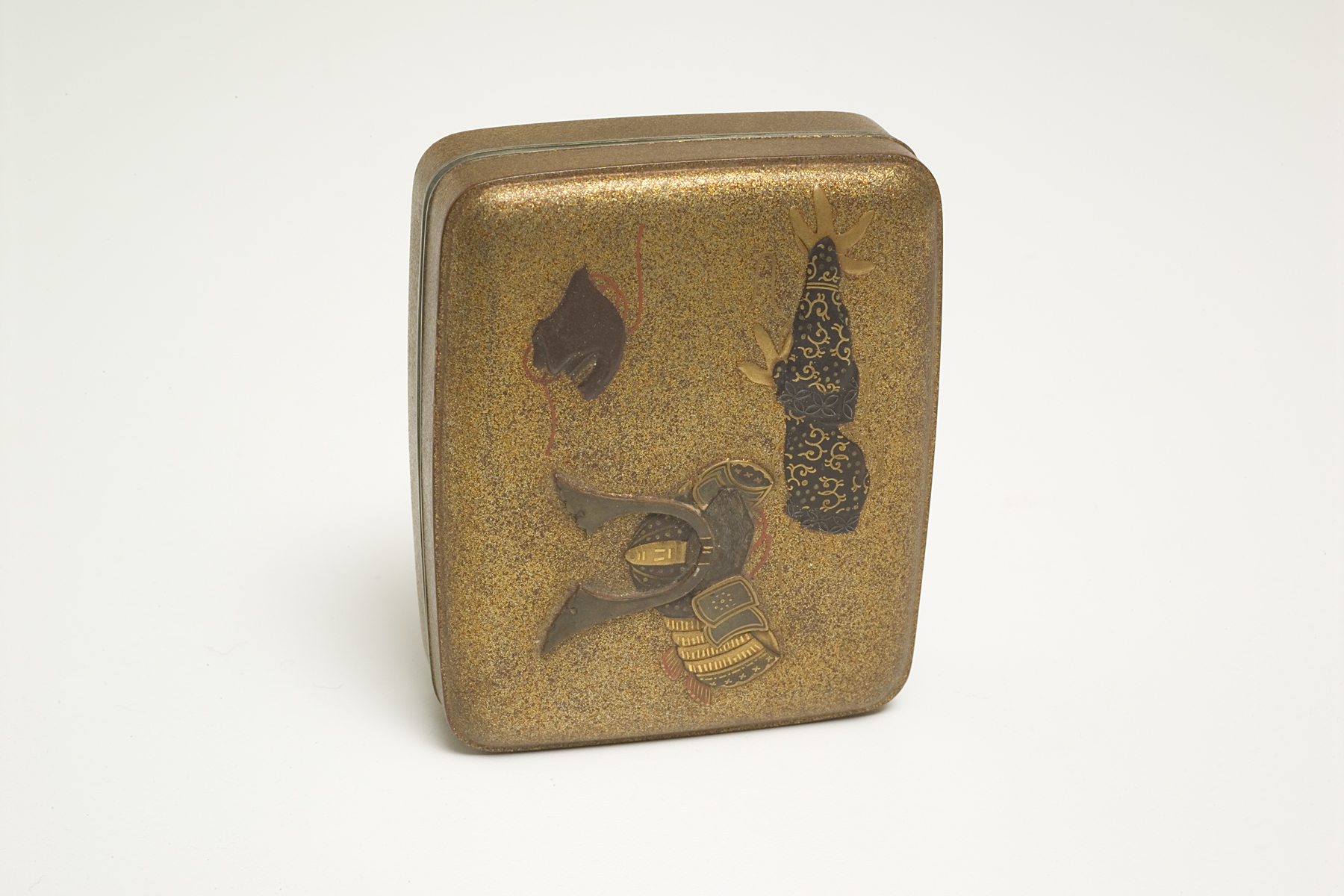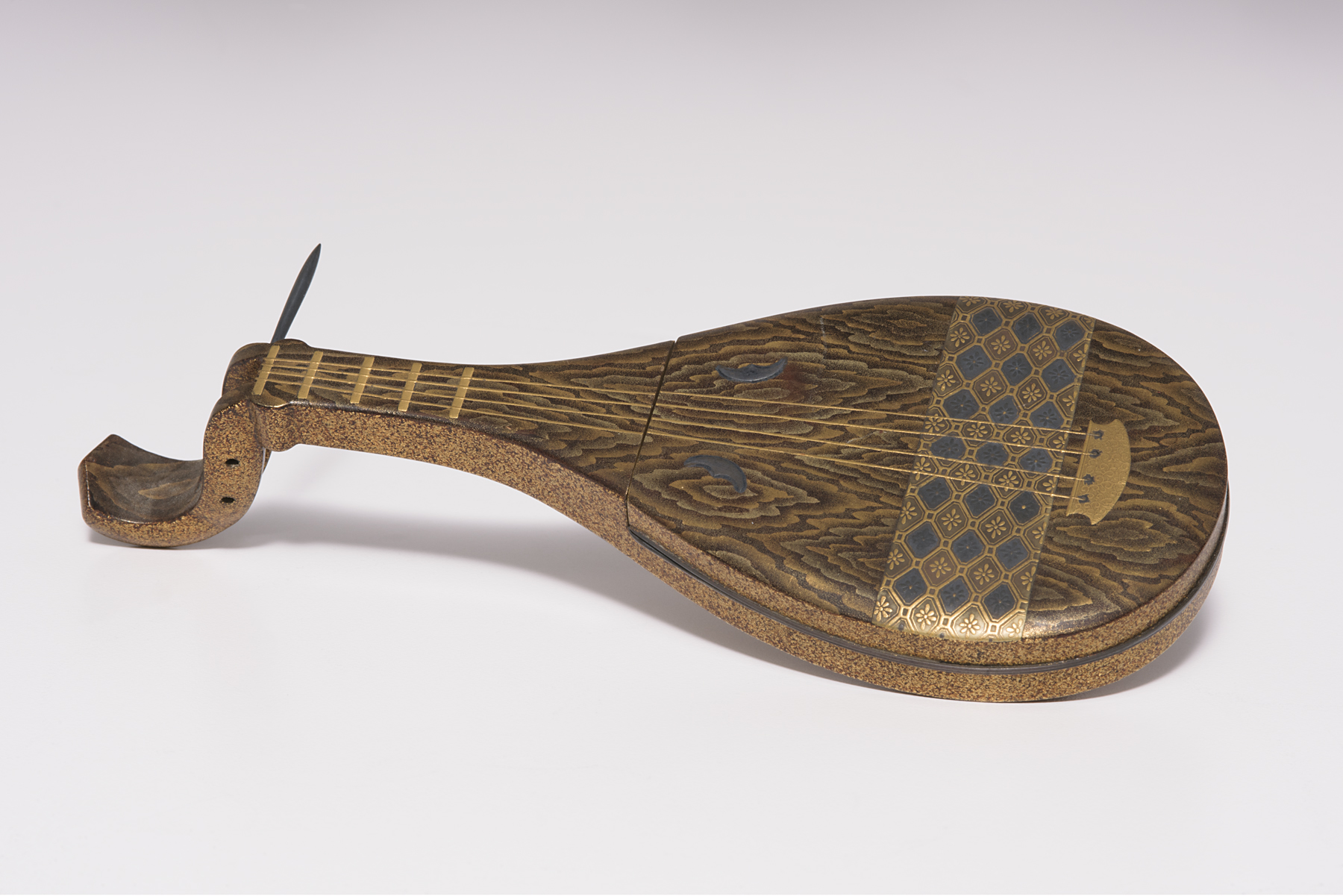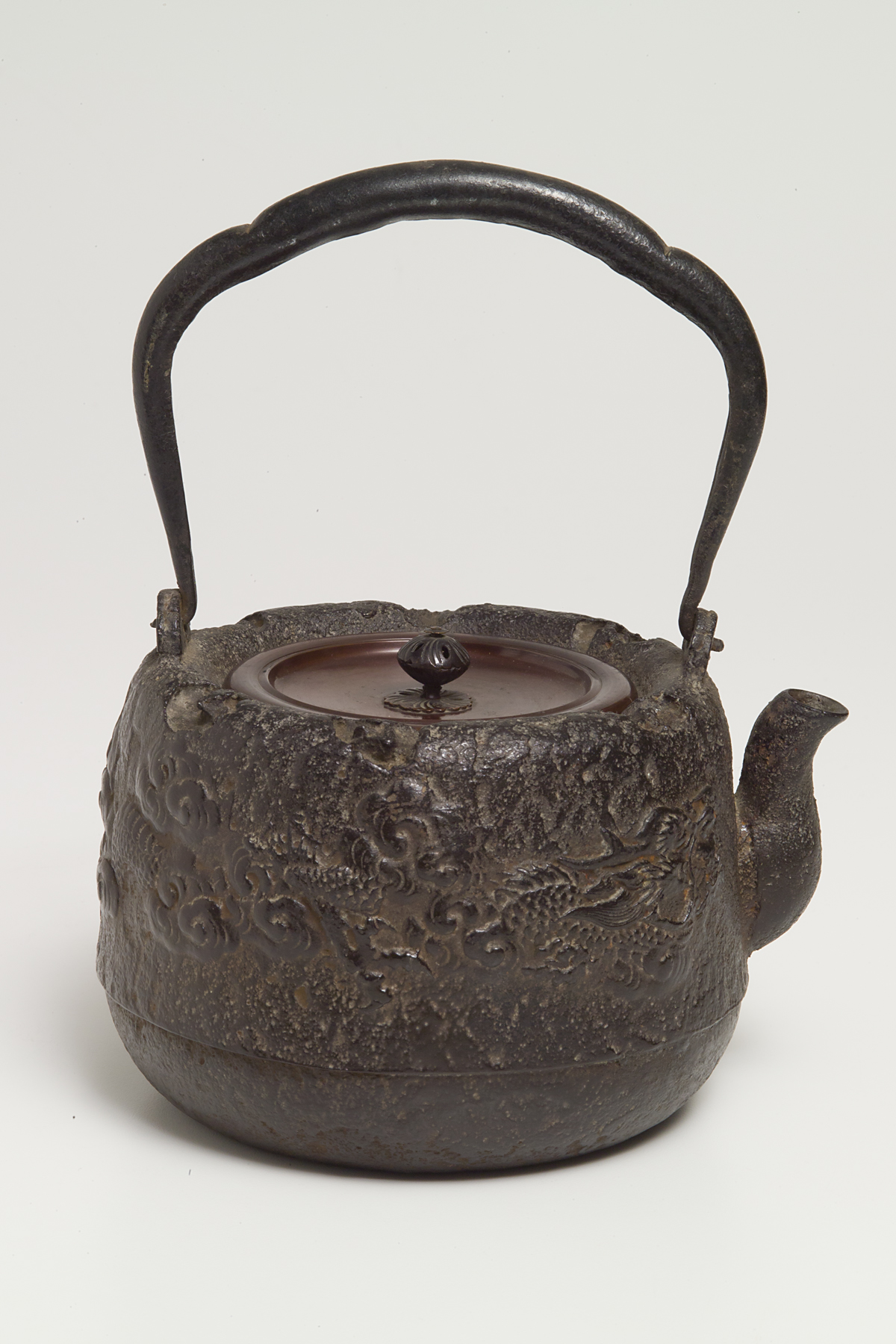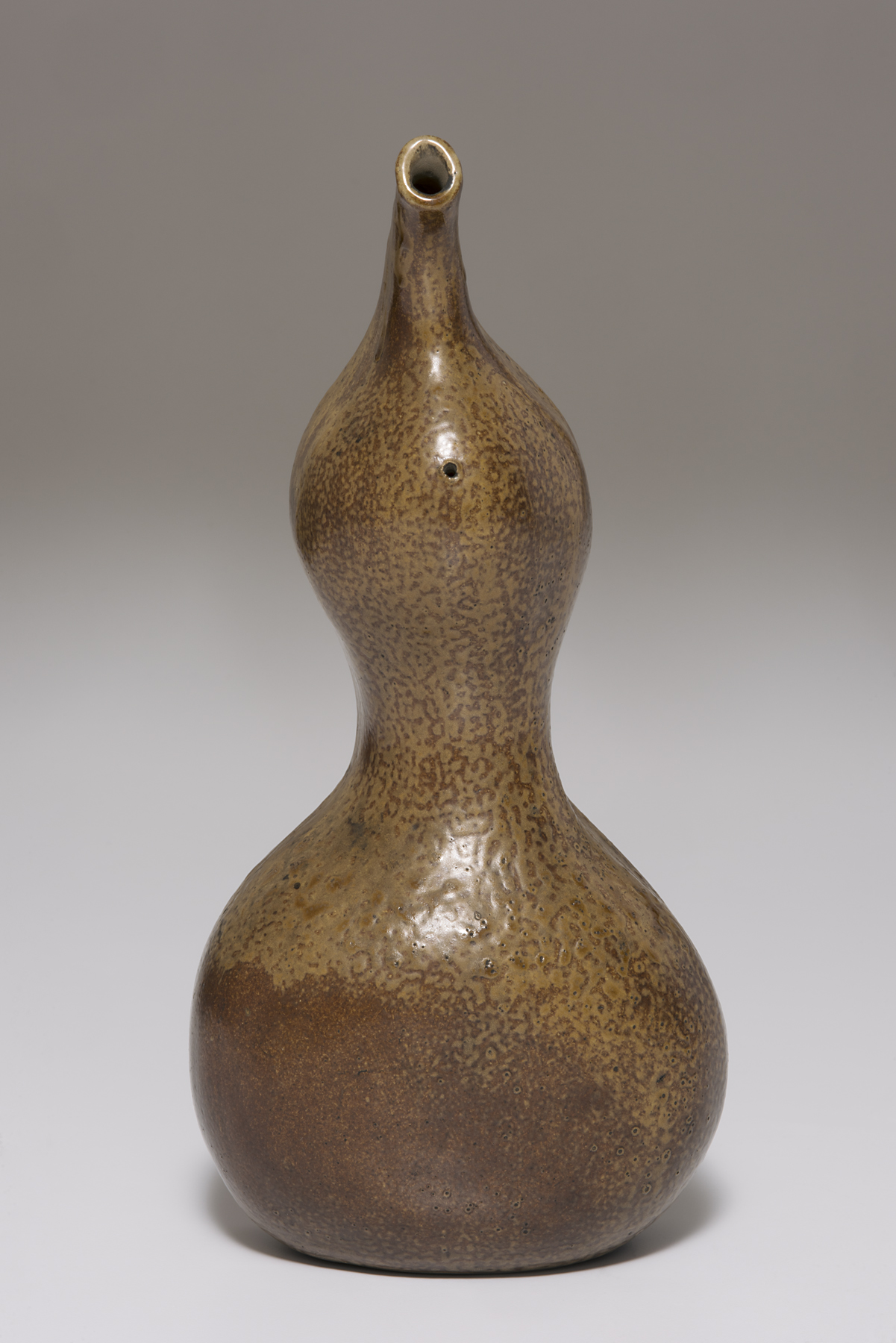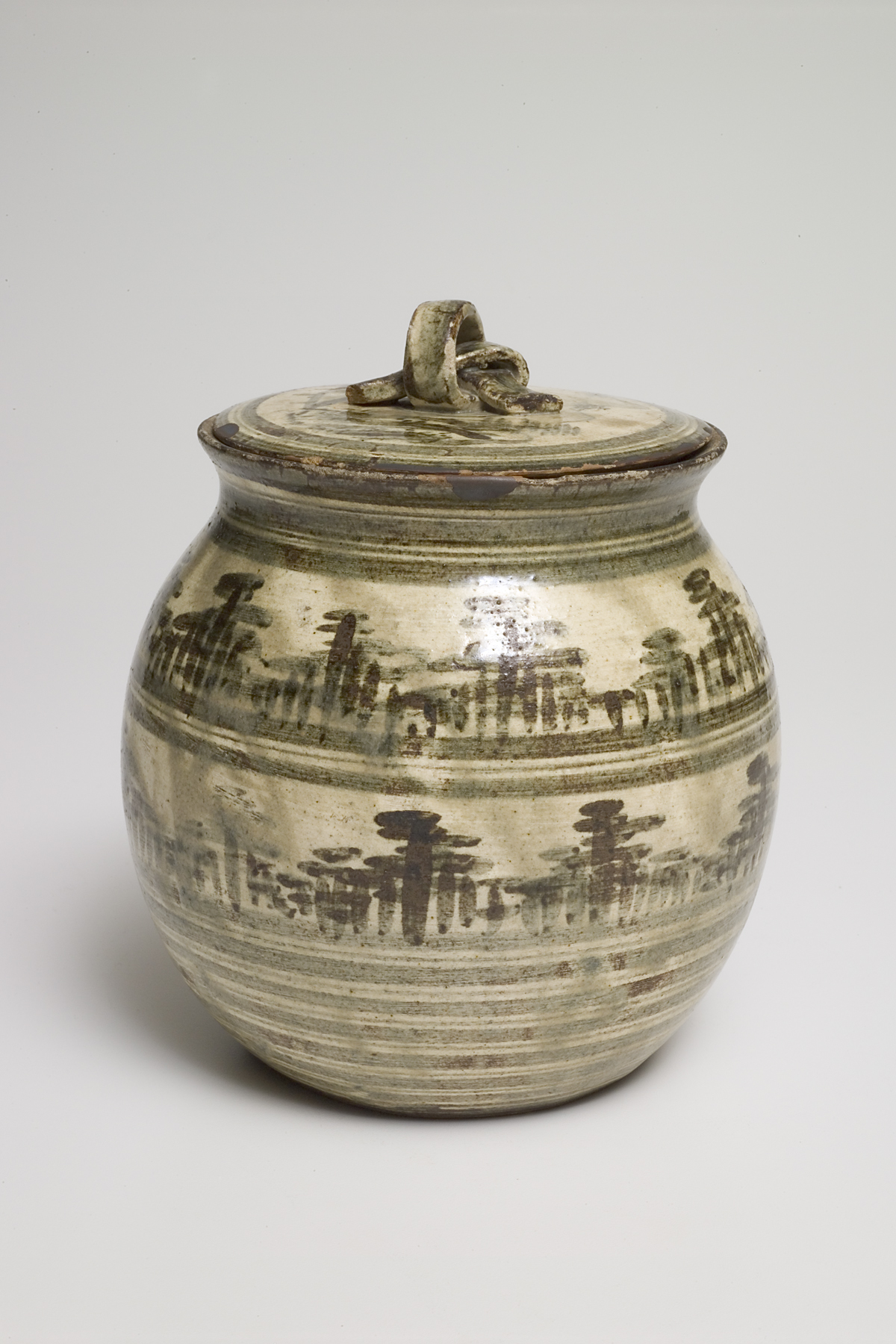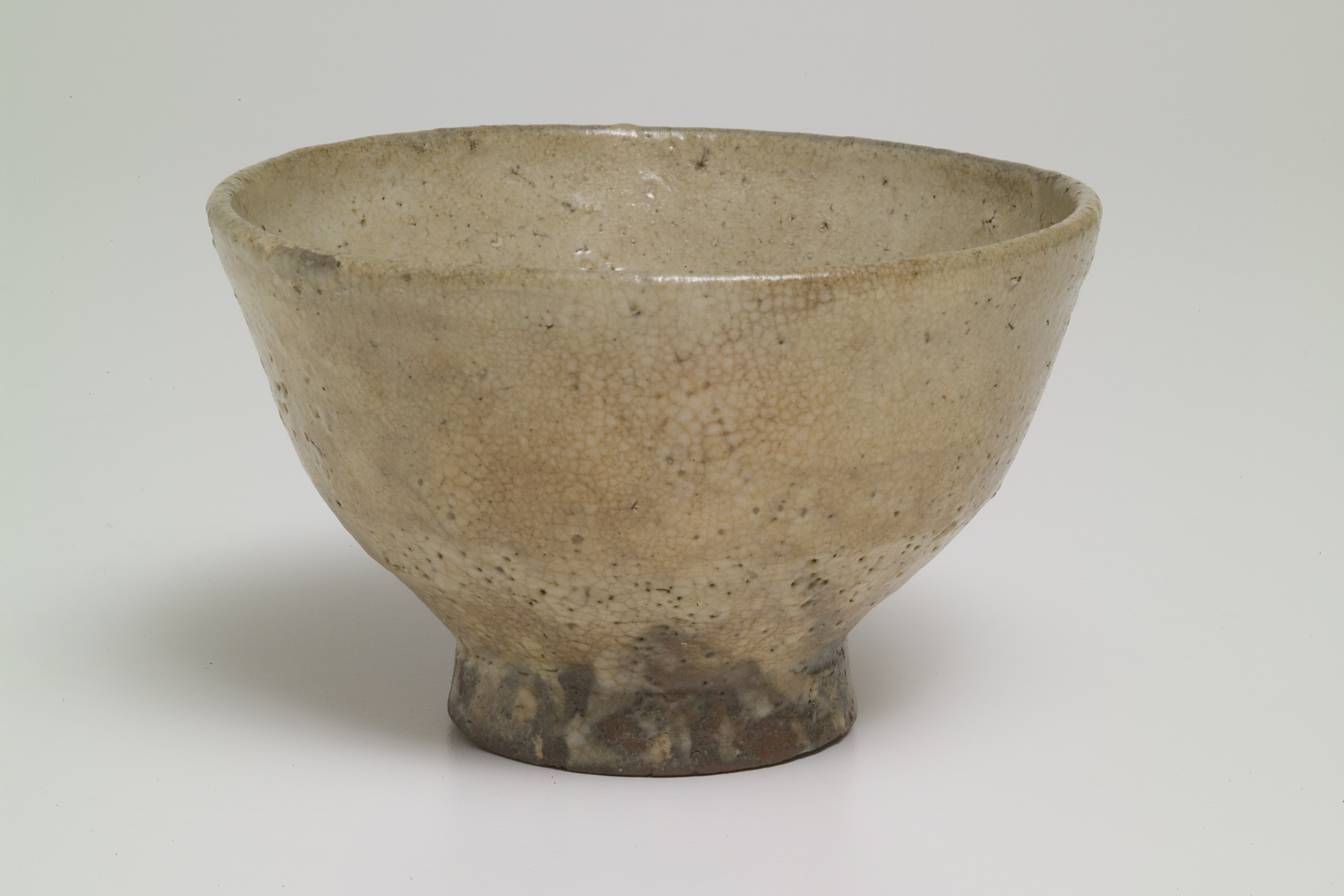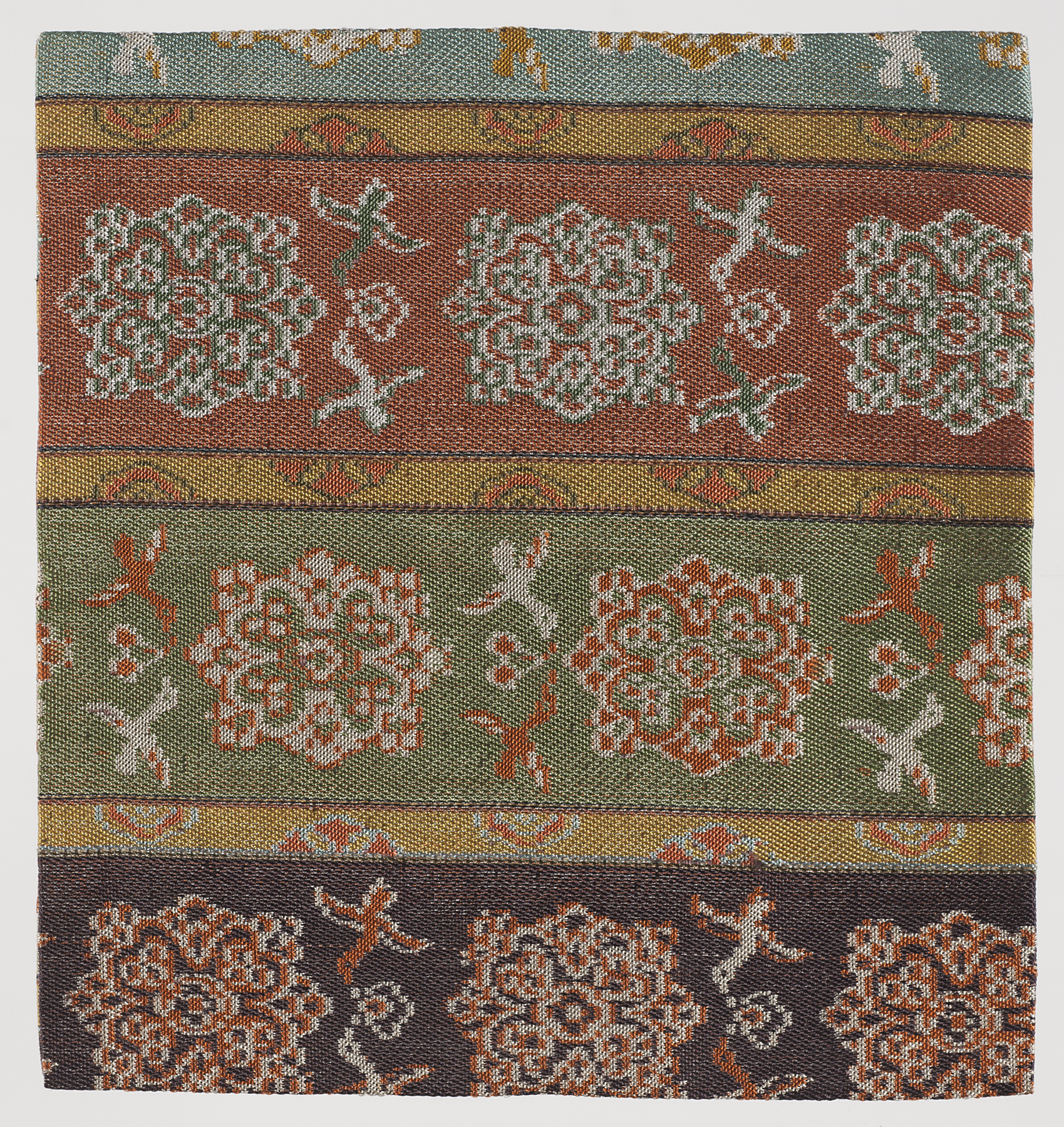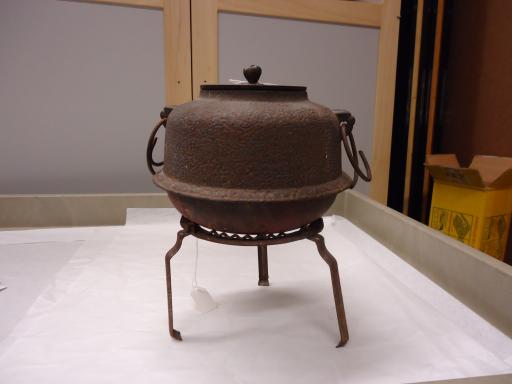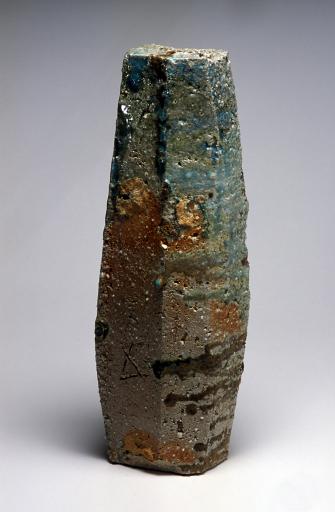Teaching Gallery: The Tea Ceremony
Exhibition
Exhibition Overview

Teaching Gallery: The Tea Ceremony
Kris Ercums, curator
April 8, 2014–April 20, 2014
Gallery 319, Spencer Museum of Art, University of Kansas, Lawrence, Kansas
Selections for the Japan Festival (Kansas Consortium for Teaching about Asia) and (Japan Outreach).
Works of art
Keisai Eisen
tea wisk, tea scoop, and miniature plum tree,
circa early 1820s, Edo period (1600–1868)
Yūshin
charcoal, powdered tea, plum blossom, ceramic cube,
circa 1820, Edo period (1600–1868)
Katsushika Hokusai
Sōmayaki (Ceramics from Sōma),
1822, Edo period (1600–1868)
Utagawa Hiroshige
#22 Obake Utsunoyama no zu (Tea Shop with Rice Cakes at Utsuno Mt. near Okabe),
early 1840s, Edo period (1600–1868)
Adachi Ginkō
Tea Ceremony (No. 17 and 18),
circa late 1870s, Meiji period (1868–1912)
Utagawa Hiroshige
chaya (tea house) surrounded by plum trees,
circa 1850, Edo period (1600–1868)
Karasumaru Mitsuhiro
Tōkōki (Memoir of an Eastern Journey),
late 1500s–early 1600s
Mu’an Xingdao (Mokuan Shōtō)
Ze shin sei ro shi (From this Truth Emerges the Teacher of the Ages),
mid-late 1600s, Edo period (1600–1868)
Daisen Gishun
One Line Calligraphy,
1700s, Edo period (1600–1868)
Daitetsu Sōto
Single Line Calligraphy,
mid 1700s–early 1800s, Edo period (1600–1868)
tea bowl,
Song dynasty (960–1279)
conical bowl,
1500s, Joseon dynasty (1392–1910)
chawan 茶碗 (tea bowl),
late 1700s–early 1800s, Joseon dynasty (1392–1910)
茶碗 chawan (tea bowl),
1700s, Edo period (1600–1868)
Kiyomizu Rokubei III
茶碗 chawan (tea bowl),
1900s, Edo period (1600–1868) or Meiji Period (1869–1912)
chawan 茶碗 (tea bowl),
late 1700s–early 1800s, Edo period (1600–1868)
chawan茶碗 (tea bowl),
early 1800s, Edo period (1600–1868)
chawan 茶碗 (tea bowl) with mon 紋 (crest),
circa 1775, Edo period (1600–1868)
Shibuya Deishi
茶碗 chawan (tea bowl),
2000s
chaire 茶入 (lidded tea caddy),,
date unknown
chaire 茶入 (tea caddy with lid),
late 1800s, Meiji period (1868–1912)
chaire 茶入 (tea caddy),
late 1800s–early 1900s, Meiji period (1868–1912) or Taisho period (1912–1926)
mizusashi 水指 (lidded water container),
1500s–1600s, Edo period (1600–1868)
水指 mizusashi (lidded water container),
Edo period (1600–1868)
Ogata Kenzan
皿 sara (dish),
circa 1700s, Edo period (1600–1868)
をりべ かくがた (oribe kakugata) oribe square dish,
1800s, Edo period (1600–1868)
hanaire 花入 (flower container),
circa 1730, Edo period (1600–1868)
Ogawa Haritsu (Ritsuō)
bon (tray),
1700s, Edo period (1600–1868)
棗 natsume (tea caddy),
late 1700s–early 1800s, Edo period (1600–1868)
Ogawa Haritsu (Ritsuō)
inro, netsuke, ojime,
1700s, Edo period (1600–1868)
小箱 kobako (small box),
1800s
香合 biwa-shaped kōgō (incense container),
circa 1800s
Kinai School
鍔 tsuba (sword guard),
1800s, Edo period (1600–1868)
fubako 文箱 (letter box),
1800s, Edo period (1600–1868) to early Meiji period (1868–1912)
tetsubin 鉄瓶 (kettle),
late 1800s, Meiji period (1868–1910)
花入 gourd-shaped hanaire (flower container),
Meiji period (1868–1912)
水指 mizusashi (lidded water container),
circa 1750, Edo period (1600–1868)
chawan 茶碗 (tea bowl),
1800, Edo period (1600–1868)
Tsujimura Shirō
faceted flower vase,
1999
Events
April 12, 2014
Activity
12:00–4:00PM
3C1 lobby/hallway, Gallery 319, Gallery 408, 309 Auditorium
